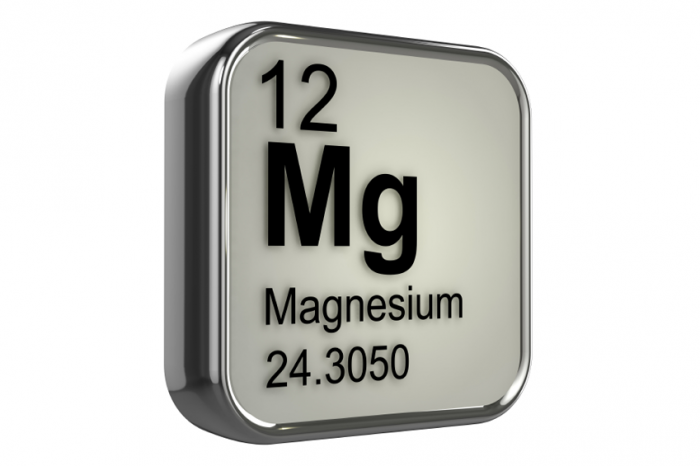Page Contents
WHAT IS IT?
Hypermagnesemia (Magnesium Toxicity) refers to increased levels of magnesium within the serum of a patient ( > 2.2 mEq/L)

WHAT CAUSES IT?
Possible causes of this condition can fall into several categories (outlined below):
- Complications of magnesium excretion: patients with kidney disease
- Excessive intake of magnesium:
INITIAL PRESENTATION
Patient Issues (Chief Complaints):
- Nausea
- Cardiac arrest
- Respiratory depression
- Coma
Detection On Medical Workup:
- Finding from a serum magnesium study
- EKG abnormalities (more explained below)
WHAT ARE IMPORTANT FEATURES OF THE PHYSICAL EXAM?
Neurological Exam:
- Decreased/absent deep tendon reflexes
CLINICAL WORKUP: SERUM STUDIES
Serum magnesium: this serum study will help aid in the diagnosis.
CLINICAL WORKUP: EKG
Electrocardiographic changes are expected in patients with this electrolyte abnormality.
- Widened QRS complex
- ST segment depression
- Peaked T waves
WHAT IS OUR THRESHOLD FOR DIAGNOSIS?
A serum magnesium of > 2.2 mEq/L is the threshold for diagnosis hypomagnesemia
HOW DO WE MANAGE A PATIENT WITH THIS DIAGNOSIS?
A separate page dedicated to managing this electrolyte abnormality can be found here.
ARCHIVE OF STANDARDIZED EXAM QUESTIONS
This archive compiles standardized exam questions that relate to this topic.
Page Updated: 01.28.2017